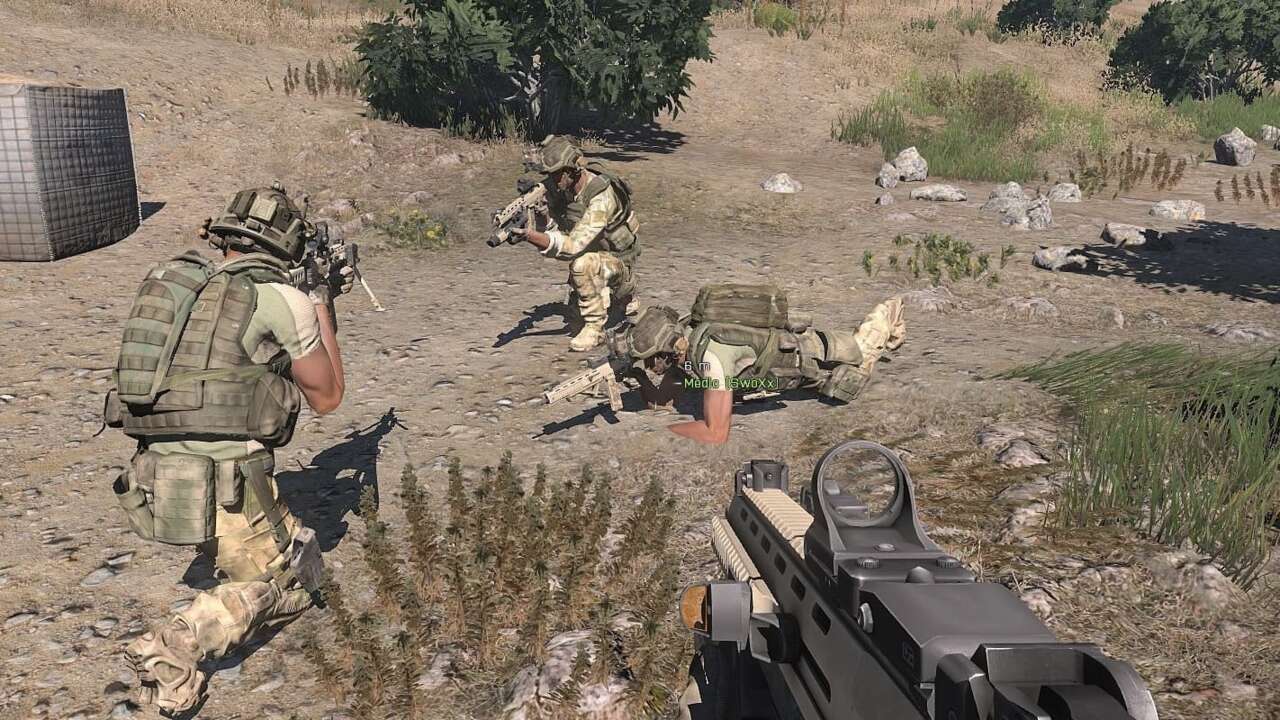Arma Dev Speaks Out About Game Being Used As Fake News Footage In Ukraine War
As the war in Ukraine broke out earlier this year, gameplay footage of the military simulator Arma 3 was passed off as actual videos from the ground of the conflict. Developer Bohemia Interactive has released a statement with the intention of assisting journalists and the general public in identifying fake videos.
Arma 3’s nature as a mod-friendly military simulation game lets players simulate or depict a variety of historical and current conflicts. According to a part of the statement from a company representative, “Arma 3 videos allegedly depicted conflicts in Afghanistan, Syria, Palestine, and even between India and Pakistan.” Bohemia has attempted to assist video platforms in flagging these videos on platform holders, such as YouTube. However, the sheer amount of videos makes this moderation task overwhelming and difficult.
The alternative is trying to make sure that the footage does not spread in the first place. The company representative said, “We found the best way to tackle this is to actively cooperate with leading media outlets and fact-checkers (such as AFP, Reuters, and others), who have better reach and the capacity to fight the spreading of fake news footage effectively.” The statement follows this up with common attributes of Arma 3 footage that is being passed as videos from real-world conflicts, as well as a video which shows these principles in action.
These videos are often made blurry and distorted to hide their digital nature. In daylight gameplay, the difference between Arma and reality would be obvious, so the footage usually takes place at night. No sound is present, as the sound effects could give away the footage’s artificial source. The game is put on its lowest setting and the footage is not captured in-game, but rather with an external device. An exaggerated camera shake adds to the effect. People are also rarely featured, because models of human in video game can look unnatural. HUD elements may even appear, which would be a telltale sign of the footage’s inauthenticity. Incorrect weapons, vehicles, and insignias also show up, so military experts can often identify the video’s falsehood.
The statement concludes by urging the Arma 3 community not to share fraudulent videos and to always mark gameplay as from a video game. With these tools, most people, not just fact checkers, can identify and help stop the spread of false footage. Several video game developers have also expressed support and given money to Ukrainians affected by the conflict.
The products discussed here were independently chosen by our editors.
GameSpot may get a share of the revenue if you buy anything featured on our site.
